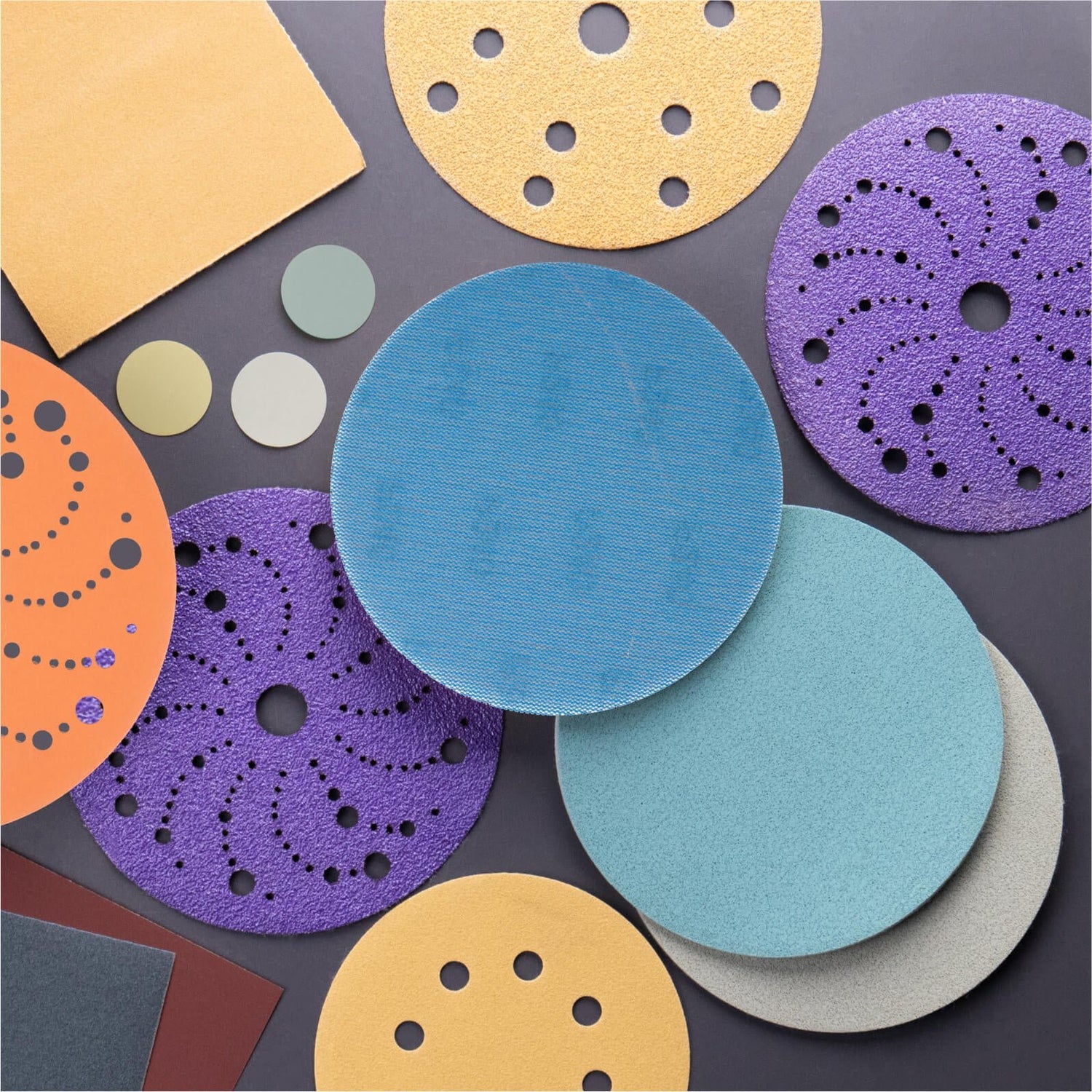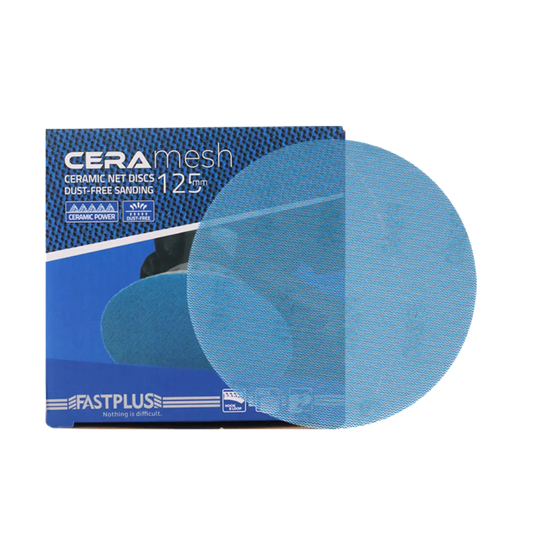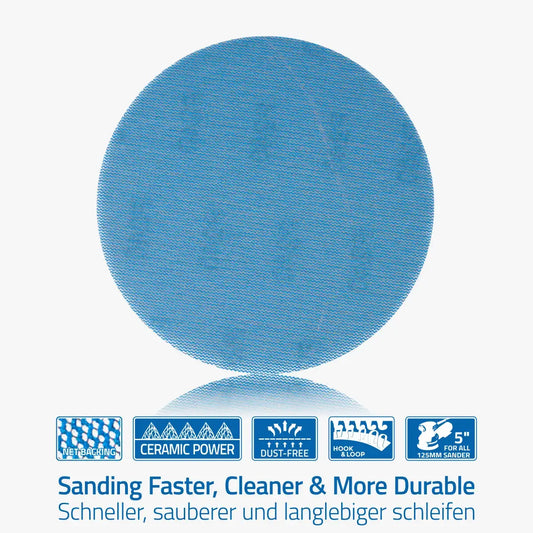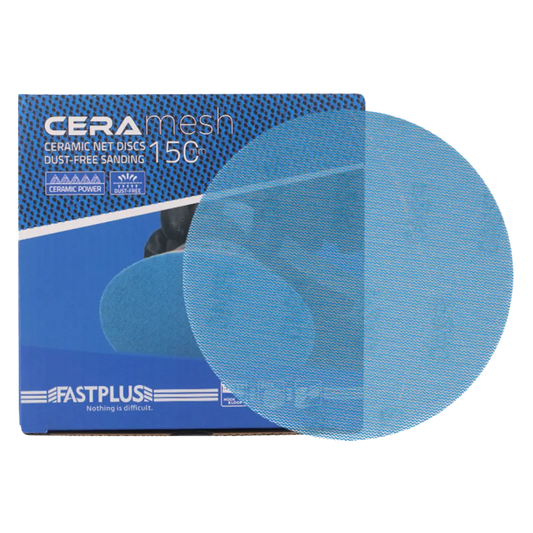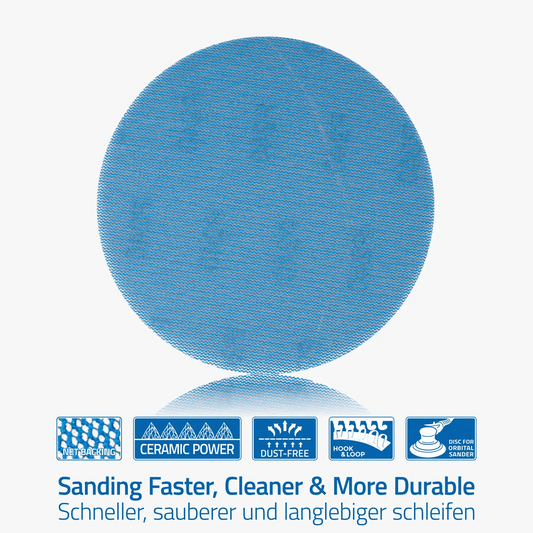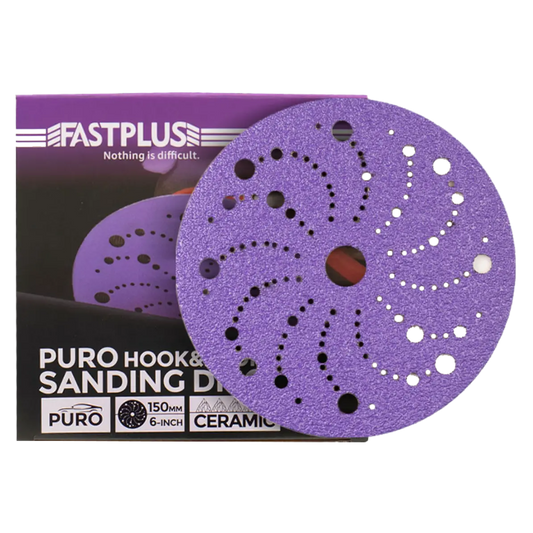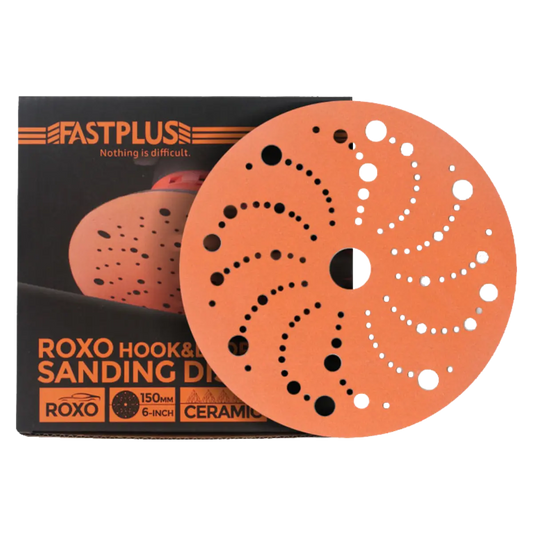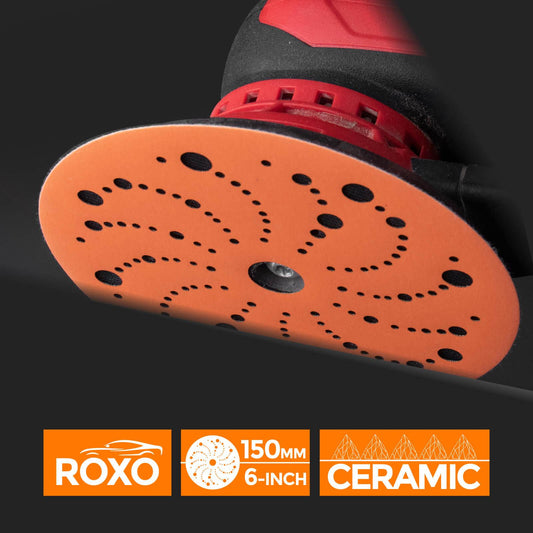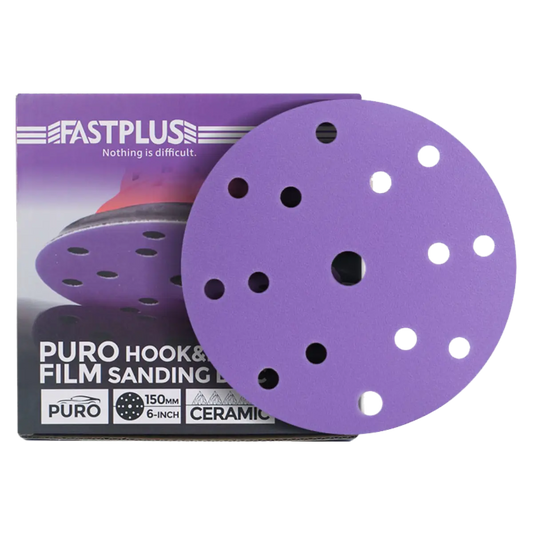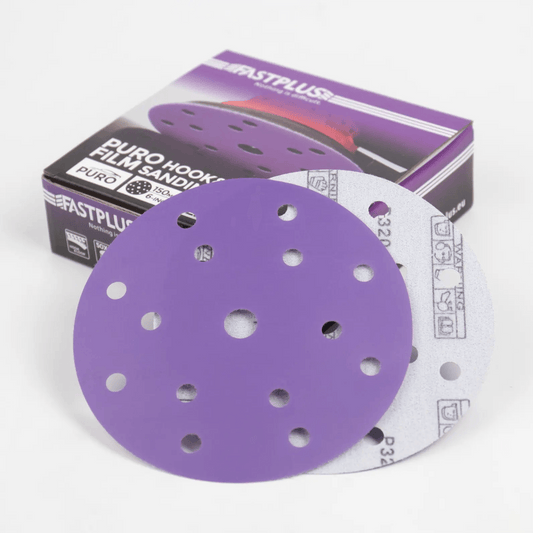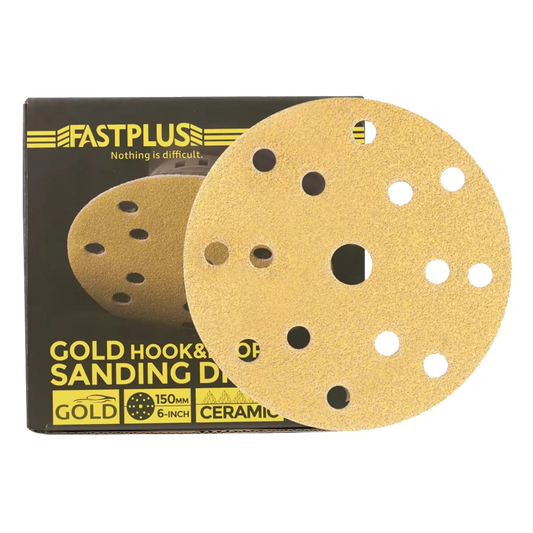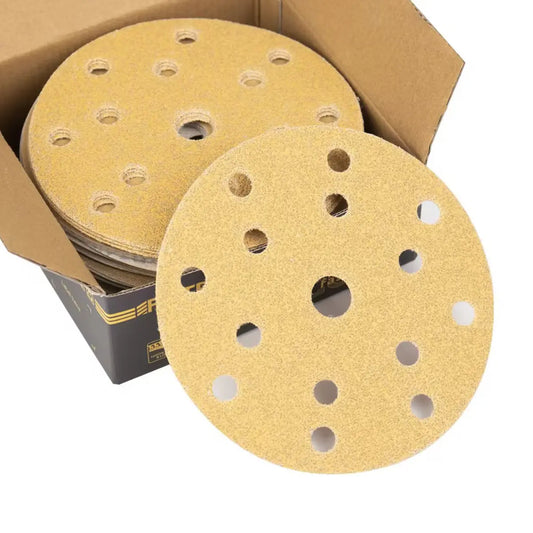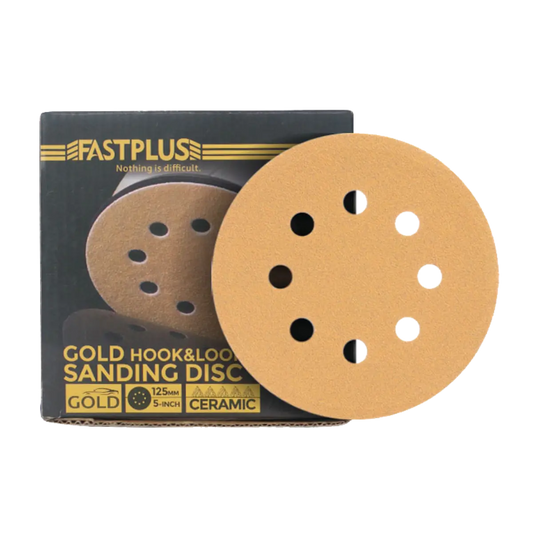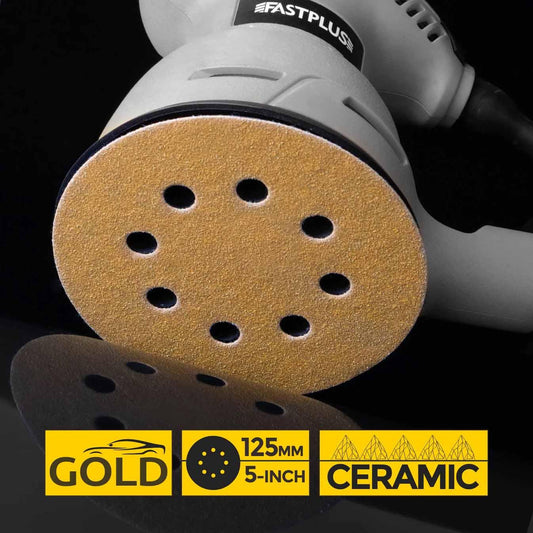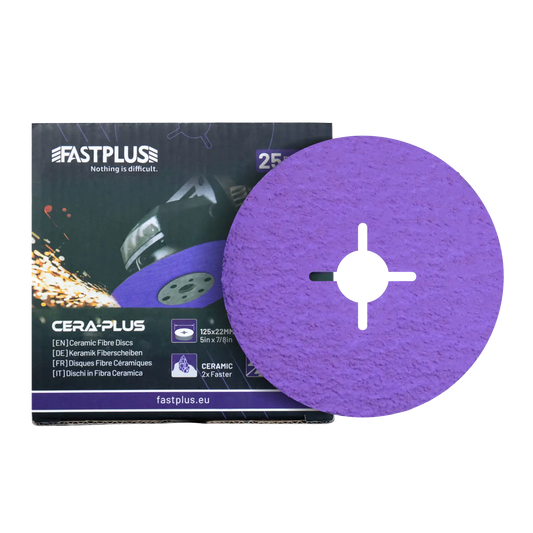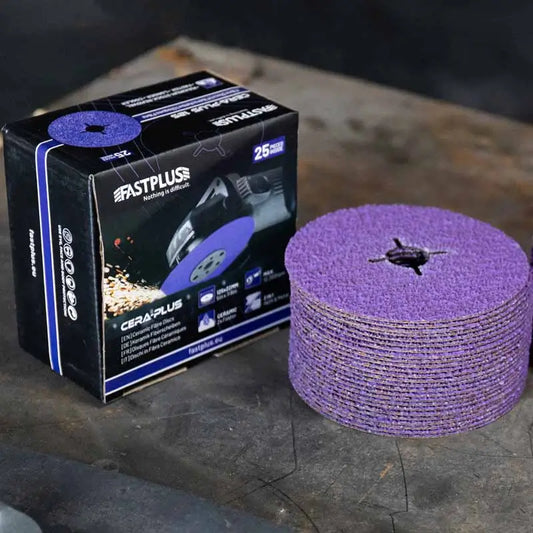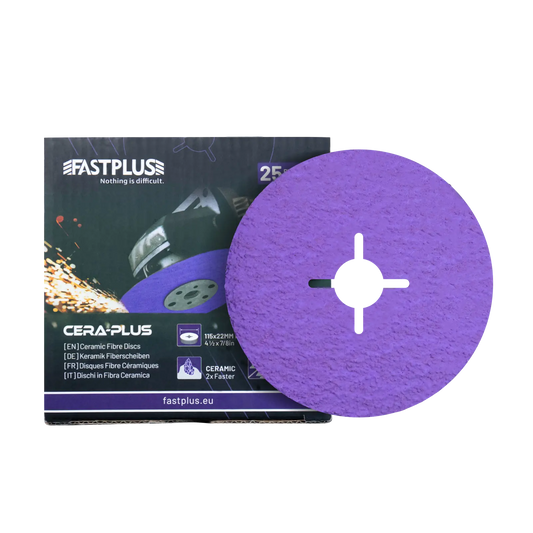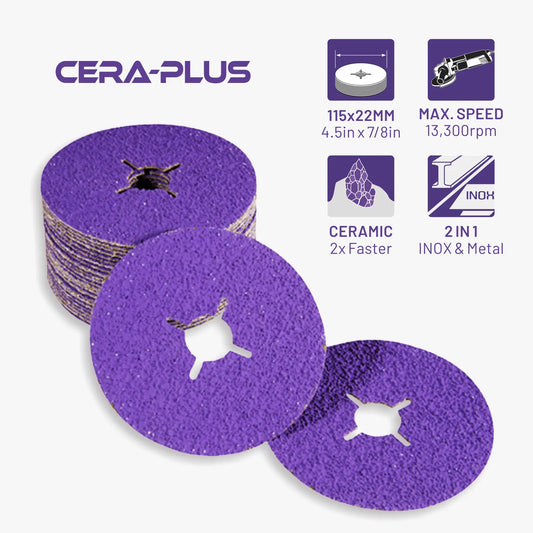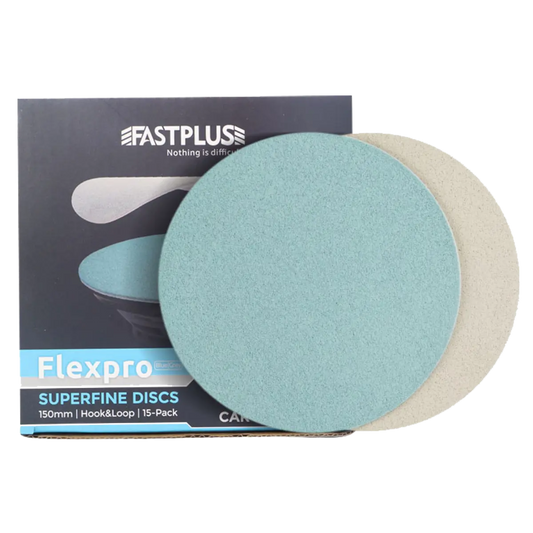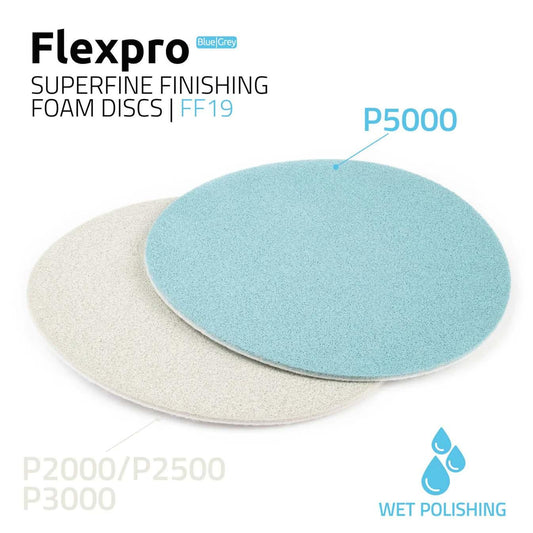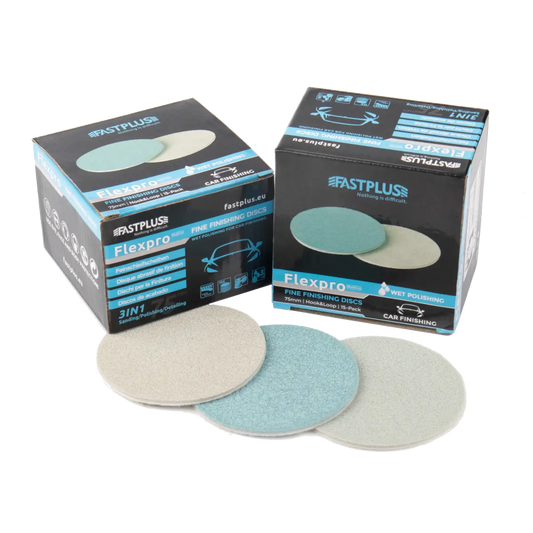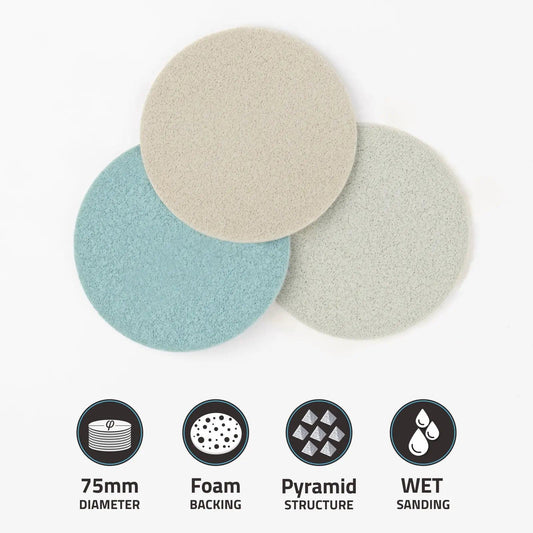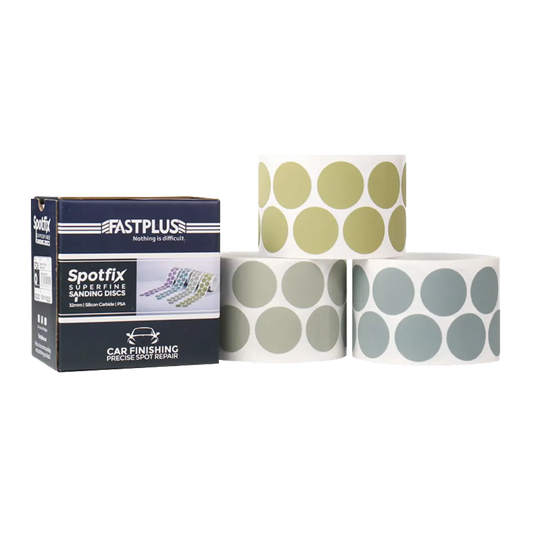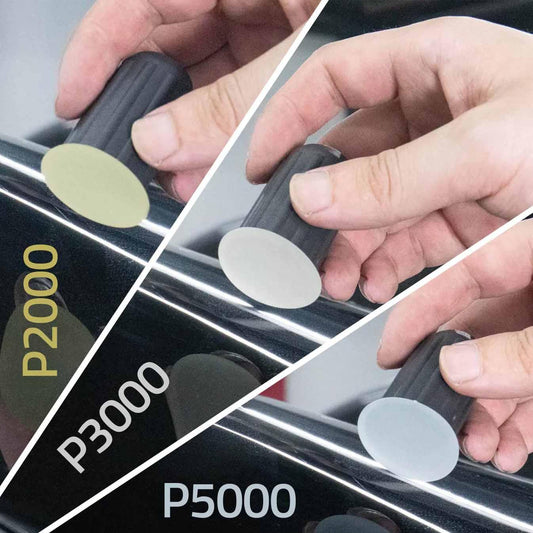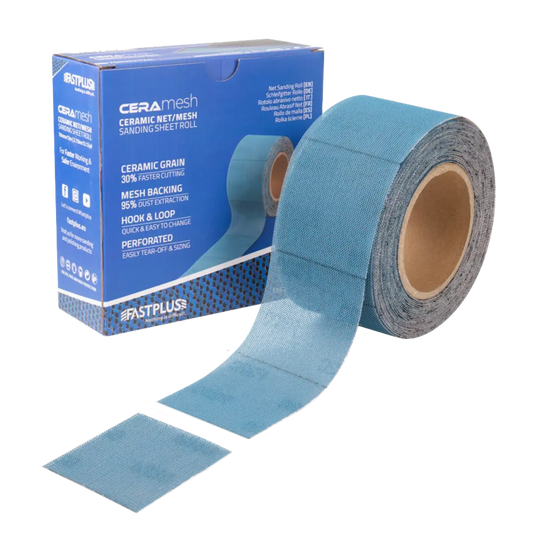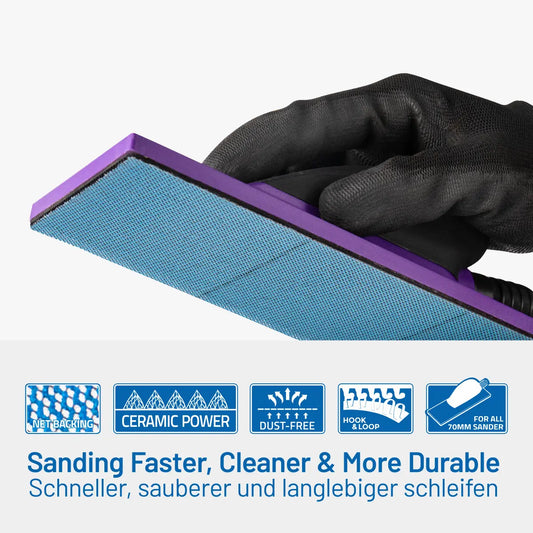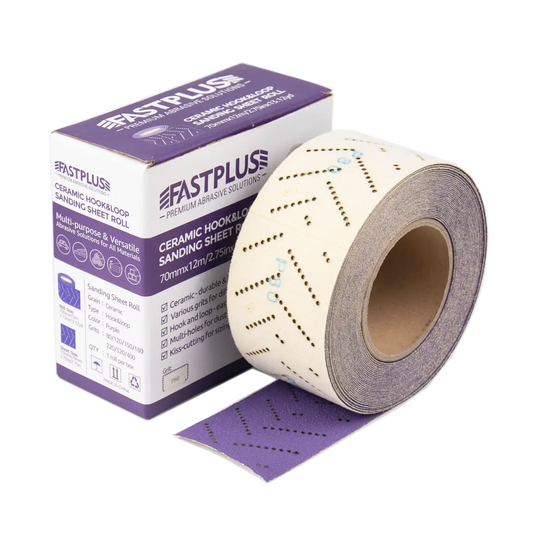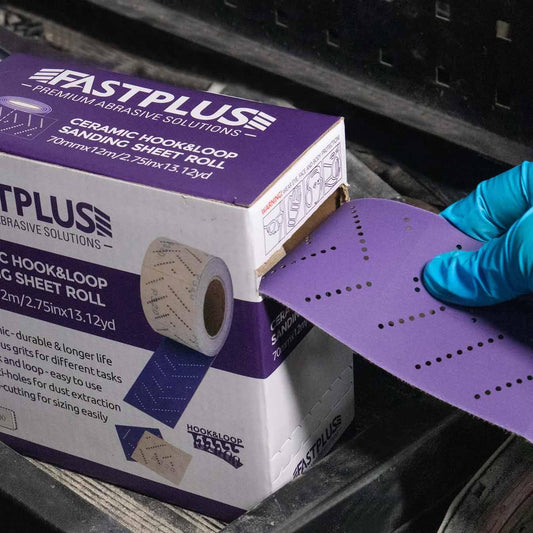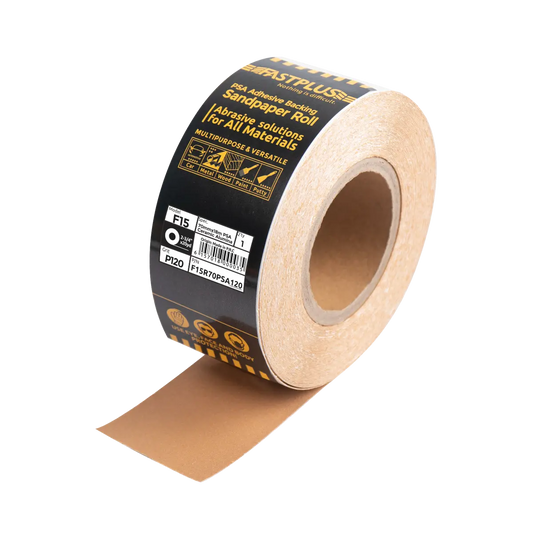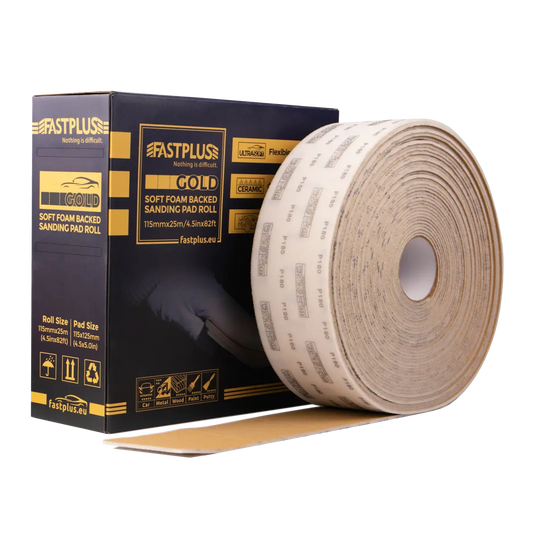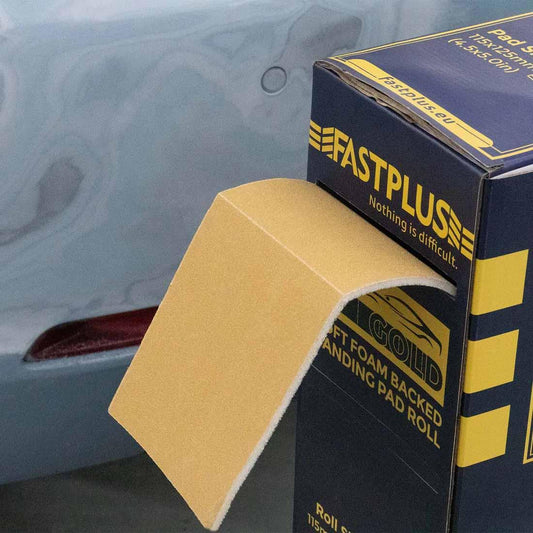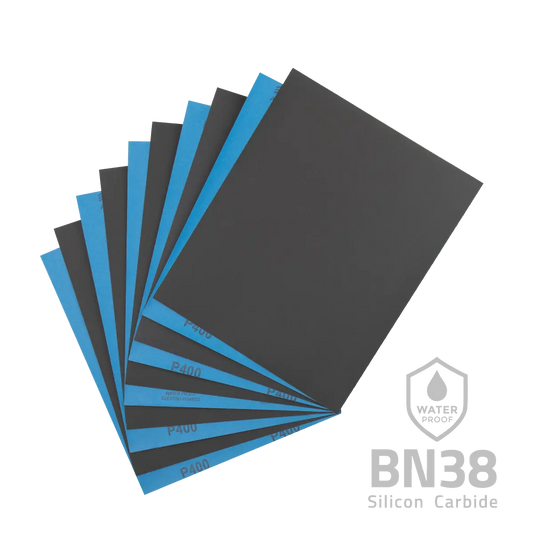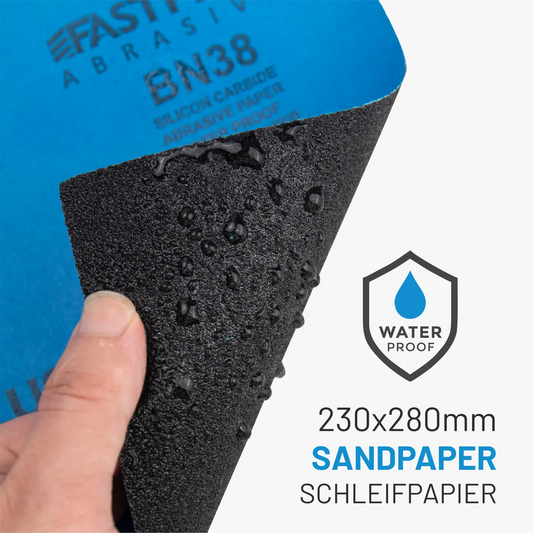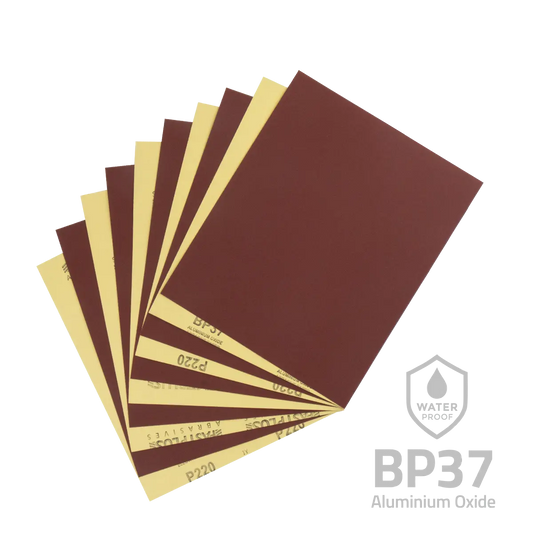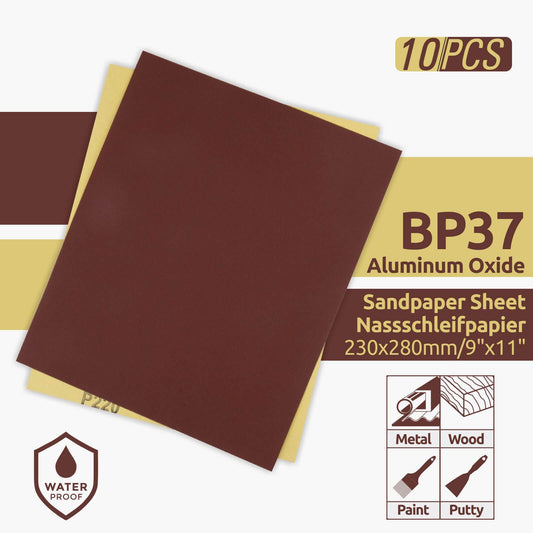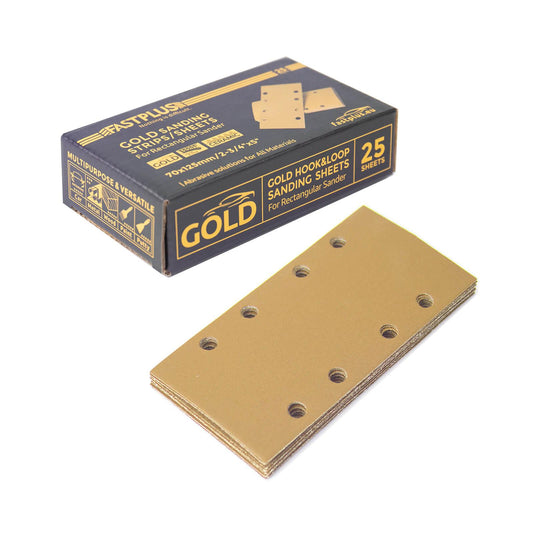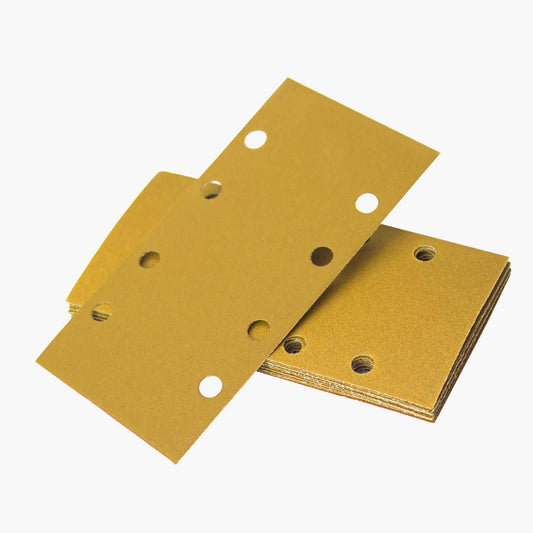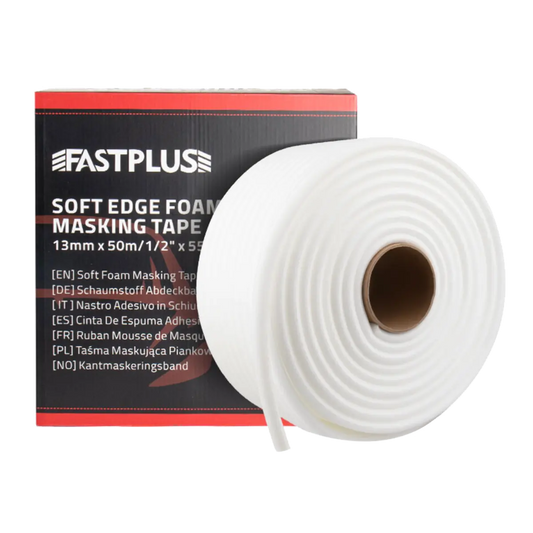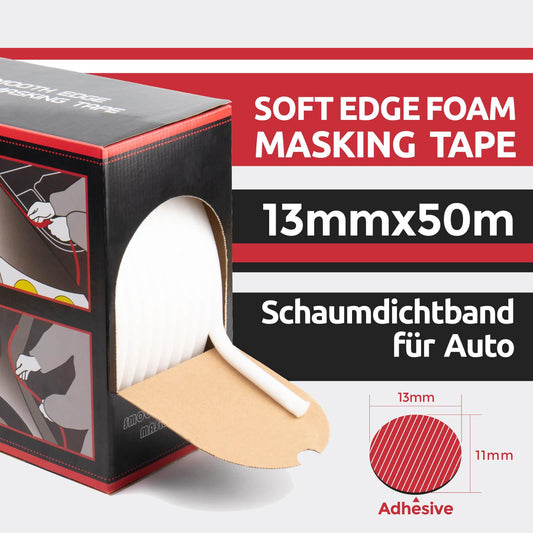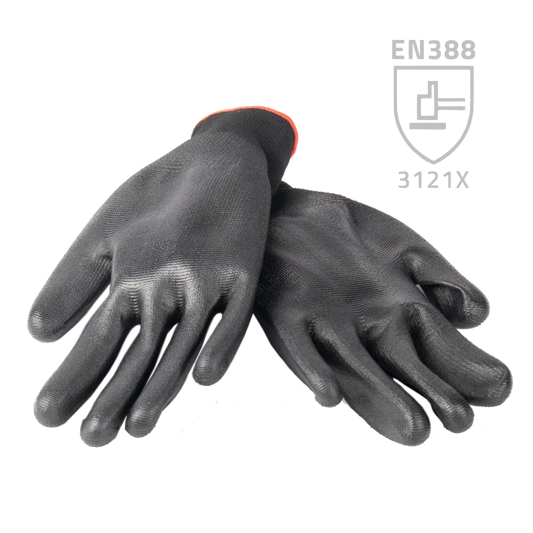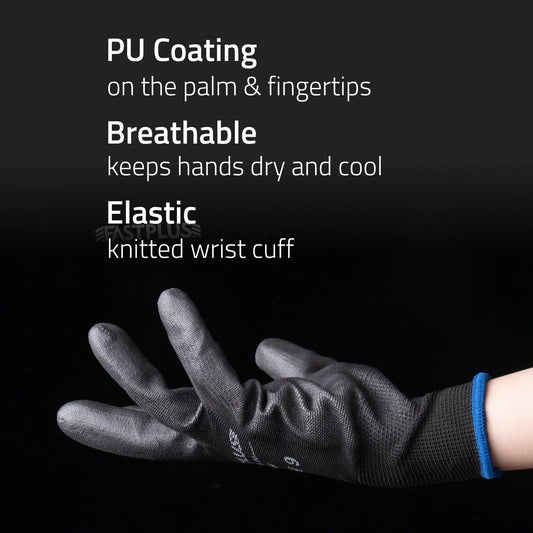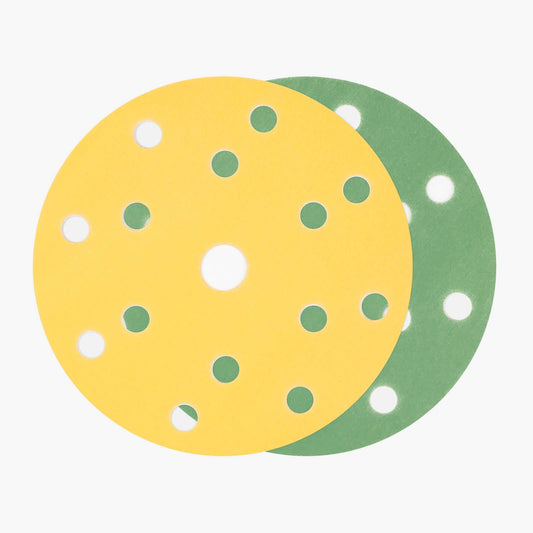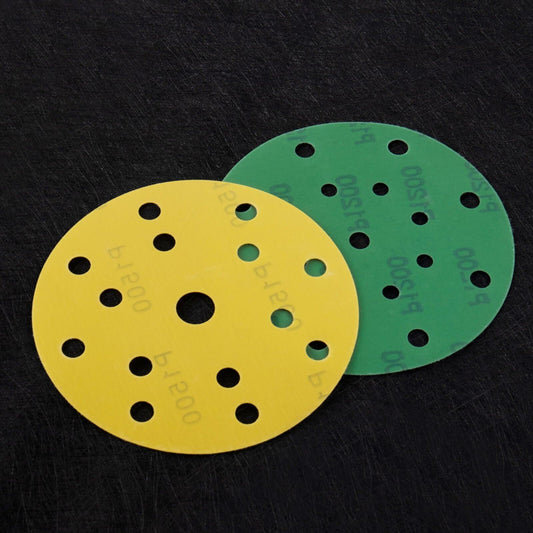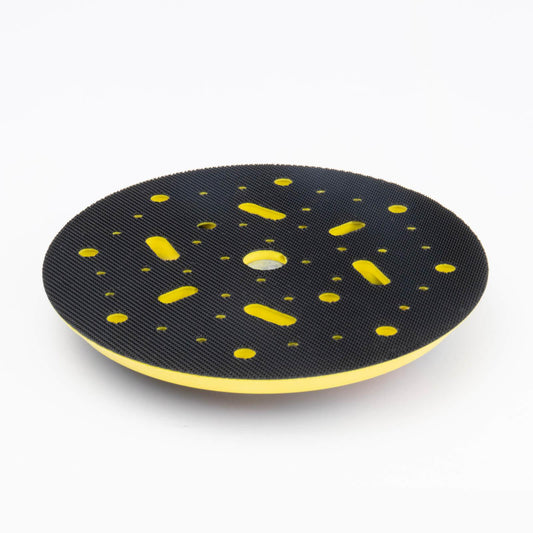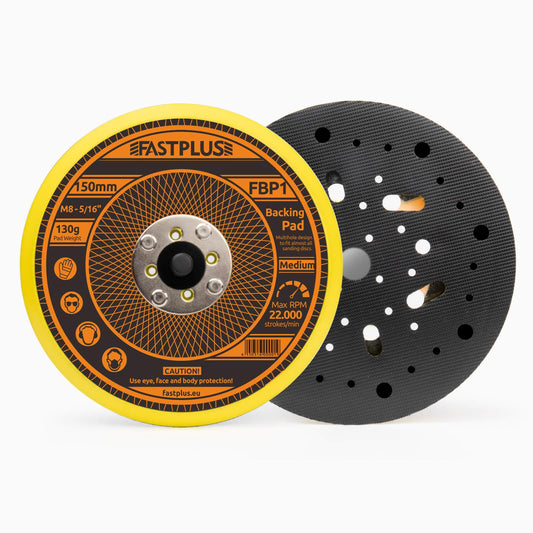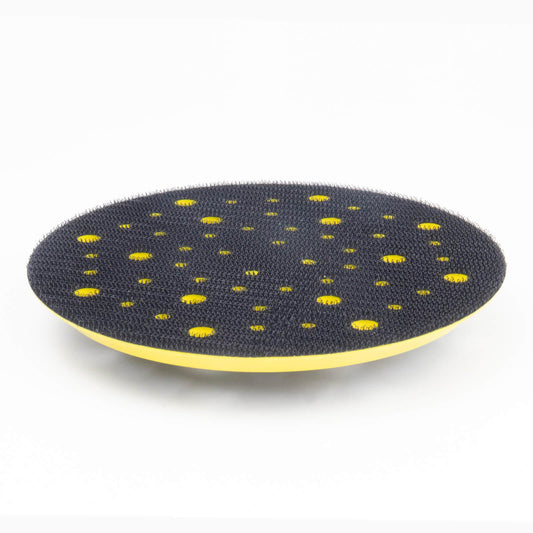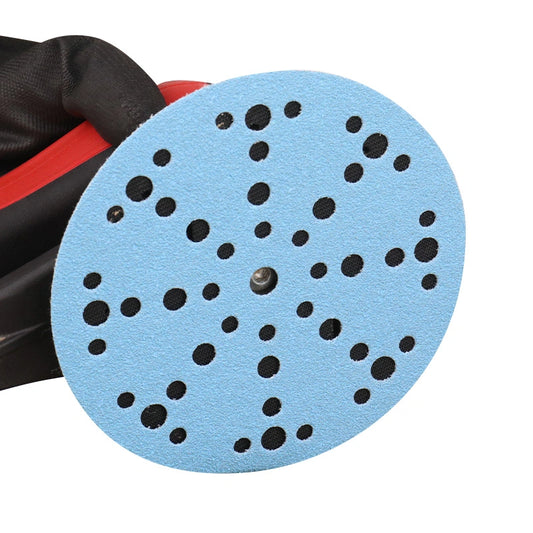
Easy Steps to Wet Sand Metal Surfaces
When it comes to achieving a flawless, smooth metal surface—whether you’re restoring a car panel, preparing steel for painting, or polishing stainless steel—wet sanding is one of the most effective methods. Unlike dry sanding, which can create dust and scratches, wet sanding uses water as a lubricant to reduce friction and deliver a more refined, polished finish.
In this comprehensive guide, we’ll walk you through what wet sanding is, why it’s used, and how to do it properly, step by step. Whether you’re a beginner or an experienced metalworker, these tips will help you get professional results.

What Is Wet Sanding?
Wet sanding is a surface smoothing technique that uses water (or sometimes another lubricant) alongside fine-grit sandpaper to gently polish or remove surface imperfections from metal. It’s most commonly used in automotive refinishing, metal restoration, and even in metal art and fabrication.
The key benefits of wet sanding include:
- Smoother, swirl-free finish
- Reduced heat and surface damage
- Minimal airborne dust
- Better control over material removal
When Should You Wet Sand Metal?
Not every metalworking project requires wet sanding. It’s most beneficial in the following scenarios:
- Before painting or coating – to ensure primer or paint adheres smoothly.
- After dry sanding – to refine the surface after more aggressive shaping or rust removal.
- To remove scratches – especially on stainless steel, aluminum, or chrome.
- To polish metal – for a glossy, mirror-like finish.
If you're working on restoration, wet sanding helps bring back the original shine without removing too much base material.
Tools and Materials You’ll Need
Before you begin, make sure you have the following items ready:
Essentials:
-
Waterproof sandpaper (grits from 400 to 2000+)
- A sanding block or sponge (for flat surfaces)
- Bucket of clean water or spray bottle with soapy water
- Soft microfiber cloths or lint-free rags
Optional but Helpful:
- Dish soap (for lubrication)
- Protective gloves
- Eye protection
- Polishing compound (if you're going for a mirror finish)
Tip: Always use waterproof or wet/dry sandpaper. Regular sandpaper will break down when exposed to water.
Step-by-Step: How to Wet Sand Metal Surfaces
Step 1: Clean the Surface
Use a degreaser or mild soap and water to clean the metal thoroughly. Any dirt, oil, or residue left on the surface can cause scratches during sanding. Dry the metal completely with a microfiber cloth before starting.
Step 2: Soak the Sandpaper
Place the sandpaper in a bucket of water for about 10 minutes before use. This softens the abrasive and helps prevent it from scratching too harshly. If you're using a sanding sponge or block, ensure it's also soaked.
Adding a few drops of dish soap to the water can make the sanding action even smoother.
Step 3: Start with Coarser Grit (If Necessary)
If the metal has visible scratches or uneven spots, start with a 400 or 600 grit sandpaper. Wrap it around a sanding block or your finger for control and begin sanding in even strokes, applying light pressure.
Always keep the surface wet. Either dip the sandpaper into water frequently or use a spray bottle to apply water to the surface as you go.
Important: Sand in a single direction rather than circles to help you spot areas you’ve already worked on.
Step 4: Rinse and Inspect
After a few minutes of sanding, rinse the surface with water and wipe it clean with a cloth. This allows you to check your progress and see whether deeper imperfections have been smoothed out.
If necessary, repeat the sanding with the same grit, or move on to a finer grit.
Step 5: Progress to Finer Grits
Move step-by-step through finer sandpaper grits—800, 1000, 1500, and finally 2000 grit—to polish the surface further. Each grit should remove the scratch pattern left by the previous one.
At this stage, you’ll notice the surface starting to reflect light, even before applying any polish.
Step 6: Optional Polishing
If you're aiming for a mirror finish, apply a small amount of metal polishing compound with a clean microfiber cloth after the final sanding step. Buff the surface in small, circular motions until it gleams.
You can also use a polishing pad with a power tool for larger surfaces like car panels or metal sheets.
Additional Tips for Wet Sanding Metal
✔ Use Light Pressure
Let the sandpaper do the work. Excess pressure can create uneven surfaces or grooves.
✔ Always Keep It Wet
Dry patches during wet sanding can cause scratches or friction burns. Keep a spray bottle nearby to re-wet the surface and sandpaper.
✔ Use Fresh Sandpaper
Sandpaper wears down over time. If you feel it’s not cutting anymore, swap it out for a fresh sheet.
✔ Sand in Different Directions
Each time you change grit, switch your sanding direction (e.g., horizontal then vertical). This helps identify and eliminate old scratch patterns.
Common Mistakes to Avoid
- Using the wrong sandpaper: Only waterproof/wet-dry sandpaper should be used.
- Skipping grits: Don’t jump from 600 to 2000. Skipping steps can leave hidden scratches.
- Too much pressure: Pressing hard can damage the surface and reduce control.
- Not cleaning in between: Always rinse and inspect between grit levels.
Wet Sanding vs Dry Sanding: What’s the Difference?
| Feature | Wet Sanding | Dry Sanding |
|---|---|---|
| Lubrication | Uses water or soapy water | None |
| Finish | Smoother, more polished | Rougher, faster removal |
| Dust | Minimal | High dust output |
| Use Case | Finishing and polishing | Material removal, shaping |
In most metal finishing tasks, wet sanding is a finishing step, not the initial sanding stage.
Applications of Wet Sanding on Metal
Wet sanding isn’t just for cars. It’s used in many areas, including:
- Motorcycle parts restoration
- Stainless steel countertops and appliances
- Kitchenware refinishing
- Polishing metal art or sculptures
- Prepping metal for powder coating or painting
Whether you’re working on mild steel, aluminum, or stainless steel, wet sanding offers clean, consistent results with minimal mess.

Final Thoughts
Wet sanding is a time-tested technique for refining and polishing metal surfaces, whether you're prepping for paint or chasing that mirror-like finish. By following the steps carefully—cleaning, choosing the right grit, keeping the surface wet, and finishing with finesse—you can achieve professional-level results at home or in the workshop.
At FastPlus, we offer a wide range of sanding solutions including waterproof sandpaper, mesh sanding discs, fiber discs, and finishing foam pads—designed to make every step of your wet sanding process more effective and efficient. Whether you’re working on stainless steel, aluminum, or automotive panels, our abrasives deliver reliable performance you can count on.
Choose FastPlus for smooth results, every time.
